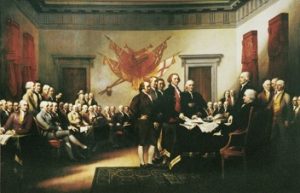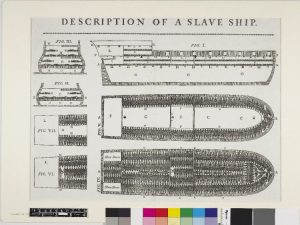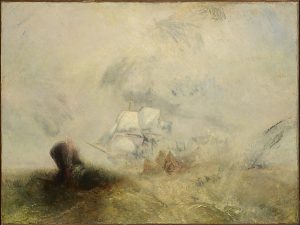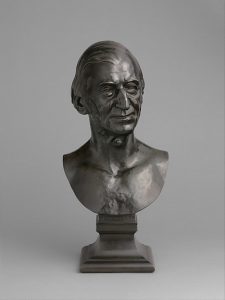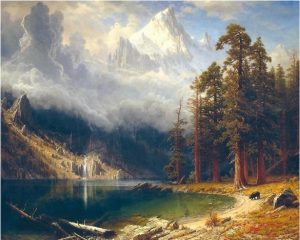
In the mid-1850s, as the United States was beginning to shape its own identity within the realm of literature, American Romanticism emerged. This literary movement holds unique importance to American history because it is known to be the first, full-fledged literary movement of America. This movement saw the emergence of writers celebrating American beauty and identity. The American Renaissance period saw the publishing of timeless masterpieces, by authors including Ralph Waldo Emerson, Nathaniel Hawthorne, Henry David Thoreau, Walt Whitman, and Emily Dickinson. In short, American Romanticism emerged in response to the nationalist values beginning to develop a distinct American literary style.
Much like the Italian Renaissance of the 15th century, the emergence of American Romanticism saw the celebration of the common man. In an effort to move away from Puritanism and Calvinism, Romanticism, as explained by Ann Woodlief, “was a Renaissance in the sense of a flowering, excitement over human possibilities, and a high regard for individual ego.” In other words, American Romanticism celebrated the unknown – as Americans began to venture westward into newly acquired territories, authors began to write about the beauty of the natural landscape, untouched by man. The aesthetic of nature is something that was extremely importance to American Romantic writers, and is reflected in works such as the Leatherstocking Tales, The Last of the Mohicans, and even holds in Moby-Dick, a work that epitomizes what Romanticism is all about.
Furthermore, American Romanticism was composed of a couple different themes, including the theme of nature and the great unknown was told through stories of the frontier – a land unexplored, that promised opportunity for expansion, growth, and freedom. Venturing into this unknown brought forth a newfound spirit of optimism, a well-known American ideal that any person can achieve anything they set their mind to. Other characteristics included the power of the universe, exploring how it worked in mysterious, incomprehensible ways. These characteristic thus tied back to the theme of the unknown. The most import aspect, though, of American Romanticism, was that it had its own individualistic elements, apart from its European counterparts. For the first time in history, a movement came about that was entirely belonging to the United States, and the American writer’s identity thus was a result of it.
Works Cited
Harvey, Bruce. ” AMERICAN ROMANTICISM OVERVIEW.” West Georgia University, 1997. Web.
Woodlief, Ann. “Intro to American Romanticism.” VCU. Virginia Commonwealth University, Aug. 2001. Web.
